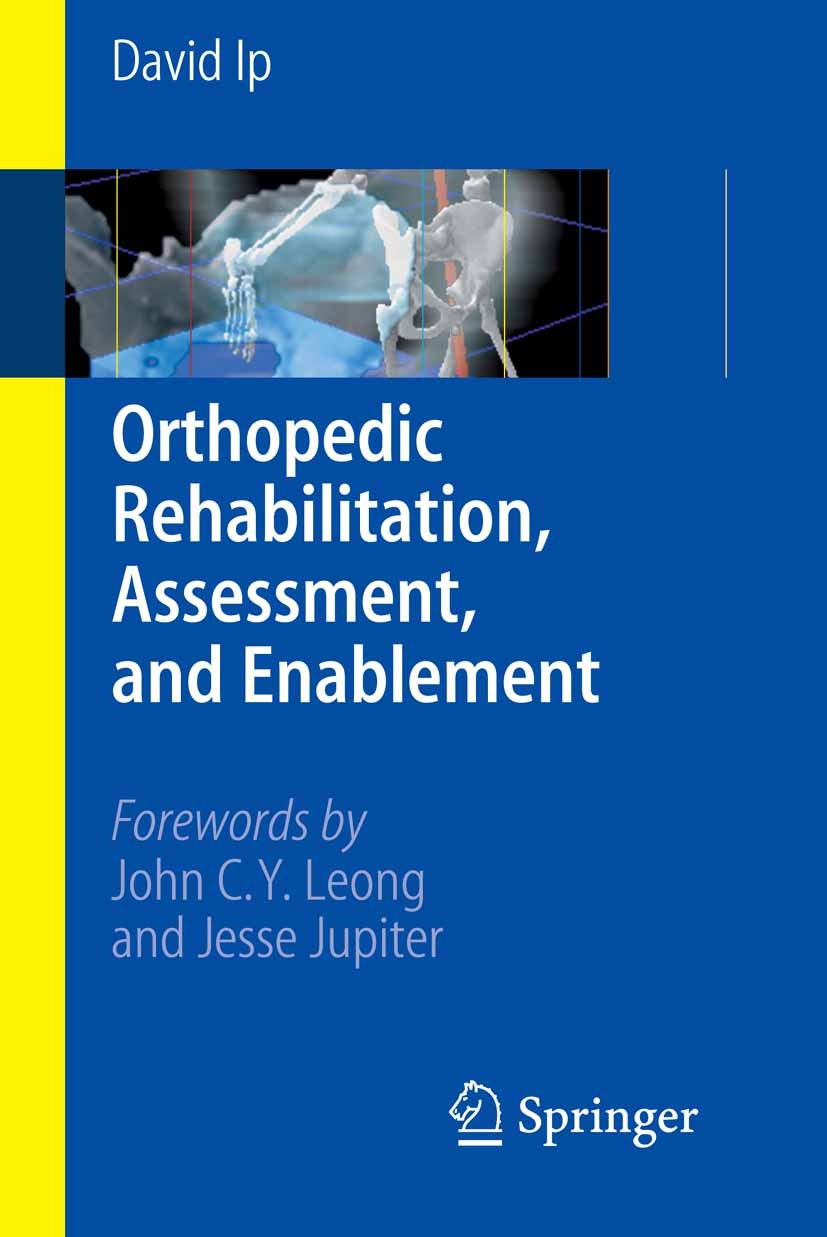Efficient Approaches to Minimize the Risk of Sudden Injuries in Sports Via Targeted Preventative Strategies
Efficient Approaches to Minimize the Risk of Sudden Injuries in Sports Via Targeted Preventative Strategies
Blog Article
Acute injuries in sports can happen unexpectedly and frequently lead to serious issues for players. These traumas can range from sprains and strains to fractures and head injuries. To assist reduce these injuries, it is crucial to adopt focused preventive strategies. These strategies concentrate on awareness, proper preparation, equipment use, and overall well-being maintenance. By tackling these key areas, players can considerably lower their chances of experiencing acute injuries while engaging in their beloved activities.
One effective approach to minimizing the likelihood of injuries is through education. Athletes, trainers, and guardians should be informed about the common types of traumas associated with particular sports. Understanding the dynamics of these traumas allows all involved to identify the signs and symptoms early. Informative workshops or seminars can assist teach athletes about proper techniques and the significance of preparing up before matches or training sessions. This understanding empowers athletes to take charge for their well-being and encourages them to communicate any worries about possible injuries.
Another important protective strategy is adequate training. Athletes should engage in a comprehensive conditioning program that focuses on developing strength, flexibility, and endurance. Strength training assists build the muscle groups that support joints, reducing the chances of traumas. Flexibility exercises, such as elongating, can improve the scope of motion and decrease the chance of muscle tears. Additionally, athletes should include sport-specific drills that simulate game scenarios, which can help them become more acquainted with the movements involved in their selected sport. Coaches play a vital role in designing and implementing these conditioning programs to ensure they are safe and effective.
The use of suitable gear is also vital in reducing acute traumas in sports. Players should always wear the right equipment for their specific sport, including helmets, pads, and proper footwear. For example, football players need helmets to shield against head injuries, while soccer players require shin guards to protect their legs from impact. It is essential that gear fits correctly and is cared for regularly to guarantee it provides the intended physical therapy modalities safeguarding. Trainers and parents should motivate athletes to take the time to choose and use the right gear to minimize their risk of trauma.
In addition awareness, training, and equipment, upholding overall health is crucial for injury avoidance. Athletes should emphasize adequate nutrition, hydration, and rest to keep their bodies in top condition. A nutritious diet rich in vitamins and minerals aids support muscle recovery and overall physical performance. Maintaining hydrated is also important, as dehydration can result to fatigue and increase the likelihood of injuries. Lastly, achieving enough sleep is crucial for recovery and maintaining focus during training sessions and games. By encouraging good health habits, athletes can improve their performance and lower their chances of experiencing acute injuries.
In summary, minimizing the risk of acute traumas in athletics requires a comprehensive method that includes awareness, adequate preparation, suitable gear, and overall well-being maintenance. By concentrating on these specific protective strategies, players can more effectively safeguard themselves from the risks of injuries. Trainers, guardians, and athletes all have important roles to play in fostering a safe sports environment. By working together and prioritizing safety, the enjoyment of sports can continue without the interruption of painful traumas.
